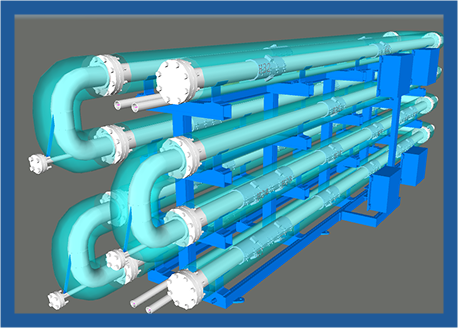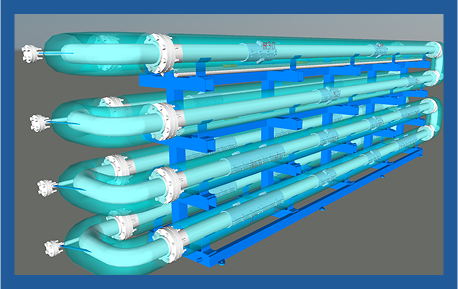Plug Flow Reactor
An Ideal solution to overcome most of the limitations with traditional multiutility based heat transfer and control system.
Features :-
- Precision Engineering :- Incorporated advanced heat integration systems, reducing energy consumption and operational costs.
- Advance Manufacturing :- Using the latest Technology and rigorous quality control, we deliver reactors that meet the demands of both small-scale and large-scale operations.
- Custom Solutions :- We offer customizable options to fit specific process requirements, helping you achieve unparalleled efficiency and effectiveness in your operations
- Sustainability Focus :- Our reactors are designed with energy efficiency and minimal environmental impact in mind, aligning with your sustainability goals.
Plug Flow Reactor Working Principle
Plug flow reactor works by oxidizing alcohols & other organic compounds to produce fine chemicals like; pigments & dyes. The fluids in this reactor move in a continuous & uniform manner throughout a pipe or tube. The reactants enter at one end of the reactor to flow throughout the reactor and exist at the other end.
Key Features
The key features of a plug flow reactor include the following.
- Unidirectional Flow :- In PFR, the reactants as well as products travel in a single direction along the reactor’s length without back-mixing.
- Concentration Gradient :- The reactant concentration & products in this reactor change with the reactor’s length although it is consistent across any section vertical to the flow.
- Residence Time :- Residence time a separate reactant volume that is spent within the PFR is called residence time and is stable for all volumes.


